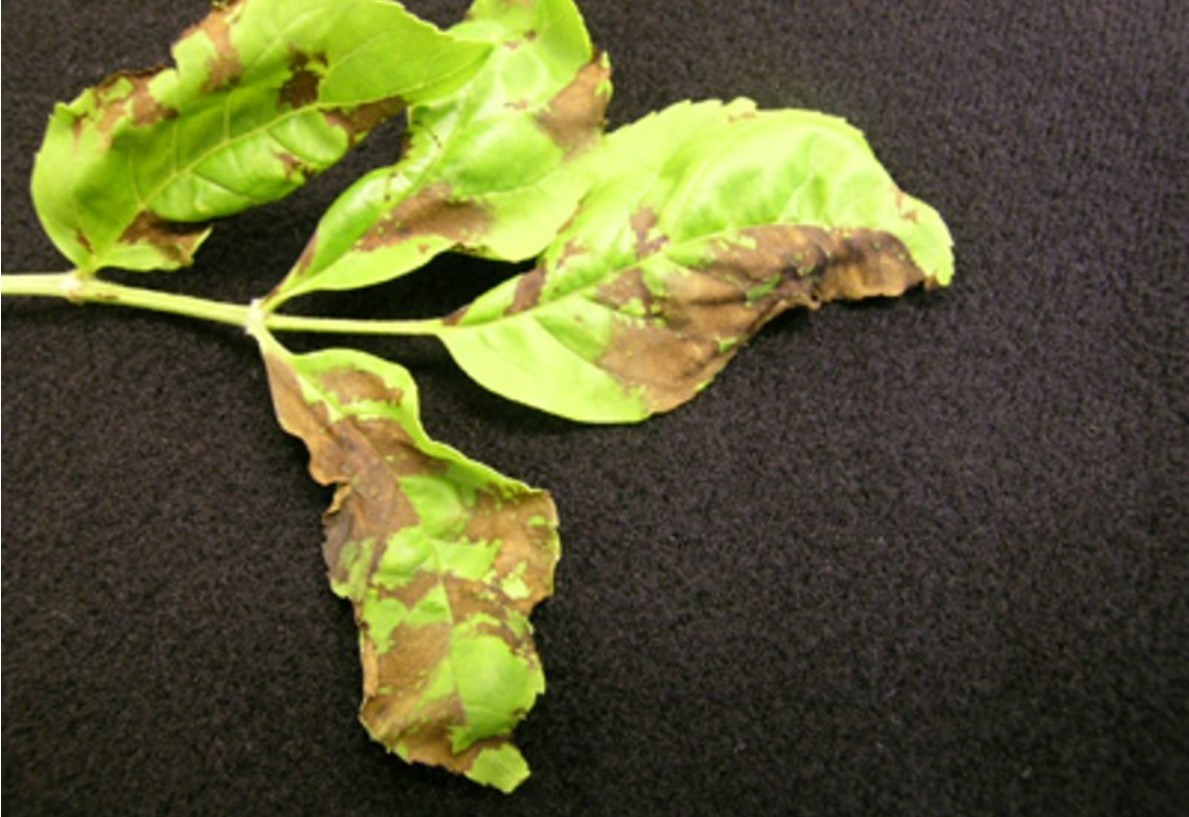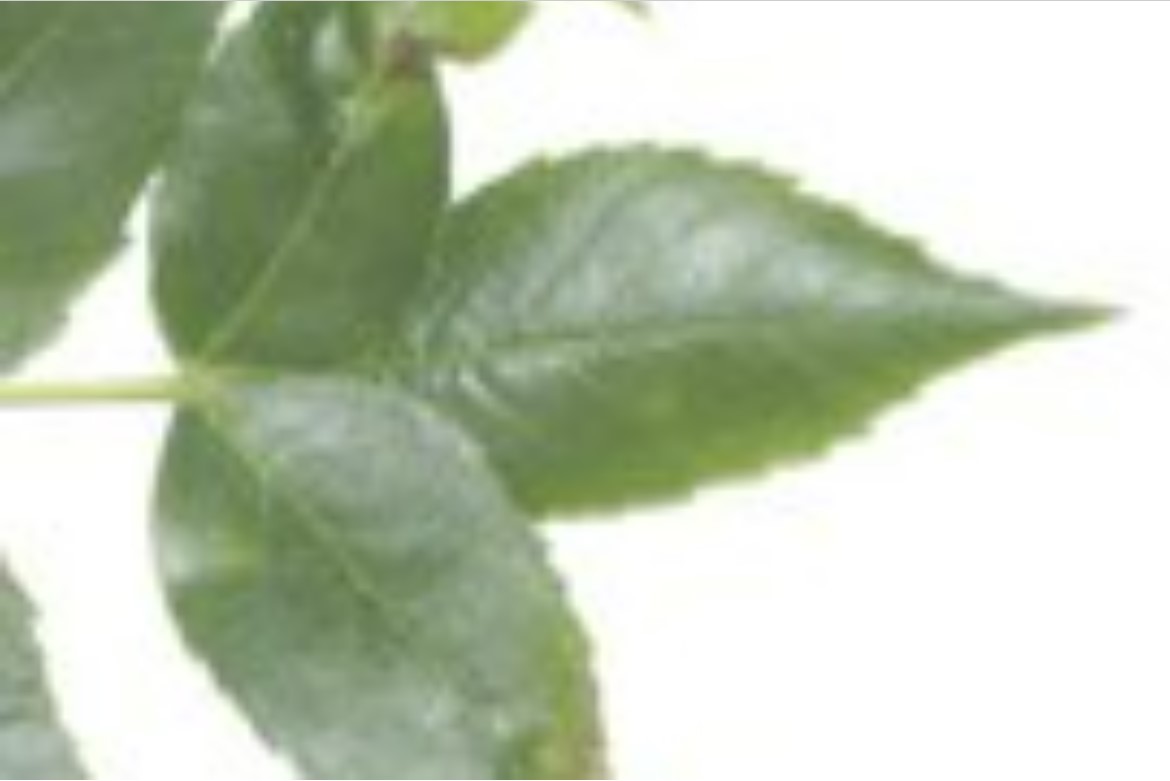This plant disease is caused by a fungus. This term is used loosely to describe a group of related fungal diseases that cause dark lesions on leaves.
Sign and Symptoms
As fungal spore germinates in spring dampness, and fungal cells grow within newly expanding shoots and leaves, lesions appear as water-soaked spots. The damage can be confused with frost damage at first, due to the time of year at which symptoms begin to manifest, and due to the superficial appearance of the symptoms. As the damage progresses, the lesions become large and dry brown, tan, or grey blotches or spots of necrosis (dead cells). Spotted lesions on fully expanded leaves are often falsely associated with insect-feeding injuries.
Leaves become distorted due to healthy tissue expanding near these dead, dry lesions. Severe infections may result in defoliation (loss of leaves), and extensive defoliation, year after year, can lead to more severe cases of dieback on ash trees.
Prevention
Watering & Fertilizing
- Your trees can be kept healthy by watering and fertilizing. Click here to learn more about watering.
Sanitization
- Rake and dispose of old leaves to prevent re-infection via fungal spores.
- Do not burn the leaves, as this will also release fungal spores.
Control - What you need an arborist to do
Spraying
- A fungicidal spray in early spring before bud break, followed by another 1-2 treatments may help prevent infection. This process will likely need to be repeated for several years for maximum efficacy.
- Having said this, successful treatment is often difficult and there is no guarantee of success.


Tree Health Issues
Wondering about costs?

